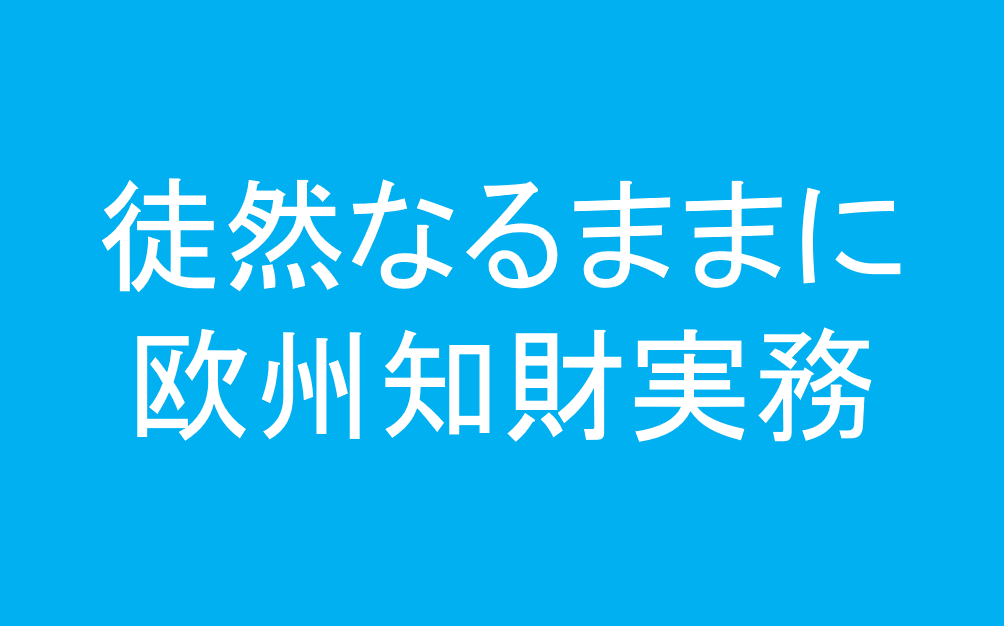以前の記事「用途限定の解釈(欧州特許)」で、方法クレームにおける用途限定は、方法におけるステップの1つとして解釈され、発明限定事項として認められる説明しました。
しかし方法クレームにおける全ての用途限定が発明限定事項として認められるわけではありません。
欧州特許庁のガイドラインF -IV, 4.13.3には方法クレームにおける用途限定が発明限定事項として認められない場合を以下のように説明しています。
On the other hand, where the purpose merely states a technical effect which inevitably arises when carrying out the other remaining steps of the claimed method and is thus inherent in those steps, this technical effect has no limiting effect on the subject-matter of the claim. For example, a method claim concerning the application of a particular surface active agent to a specified absorbent product and defining its purpose as “for reducing malodor” in terms of an intended technical effect is anticipated by a prior-art document describing a method having such suitability “for reducing malodor” although not mentioning the specific use (see T 1931/14 and T 304/08).
和訳:
他方、目的が、クレームされた方法の他の残りのステップを実施する際に必然的に生じ、従ってそれらのステップに内在する技術的効果を記載しているにすぎない場合、この技術的効果はクレームの主題を限定する効果を有しない。例えば、特定の吸収性製品への特定の表面活性剤の適用に関する方法クレームであって、その目的を意図された技術的効果の観点から「悪臭を低減するため」と定義するものは、具体的な用途には言及していないものの、「悪臭を低減するため」のそのような適性を有する方法を記載した先行技術文献によって予期される(T 1931/14及びT 304/08参照)。
つまり方法クレームにおける用途限定が「悪臭を低減するため」のように単にその方法による効果を特定しただけの場合は、この用途限定は発明特定事項として、つまり先行技術に対する差異として認められません。



コメント